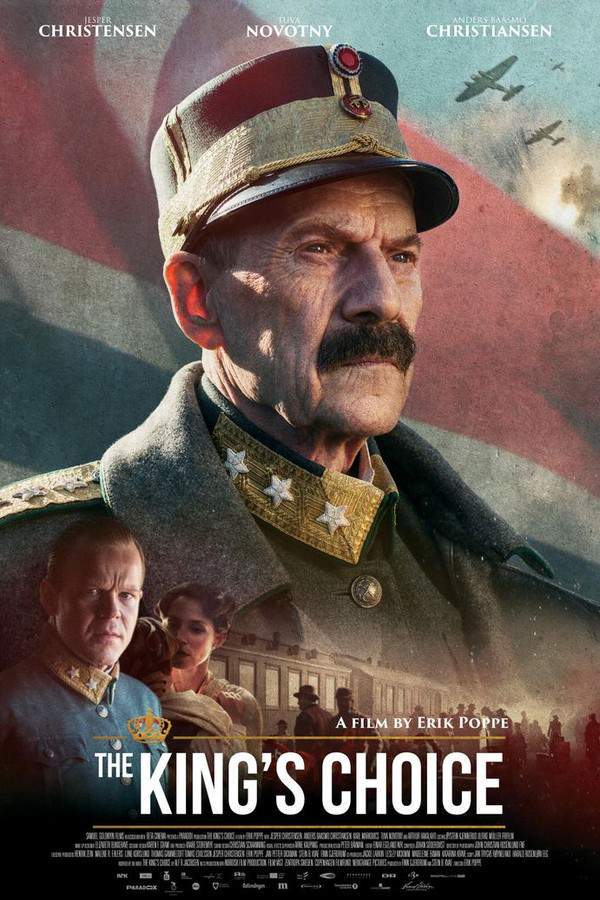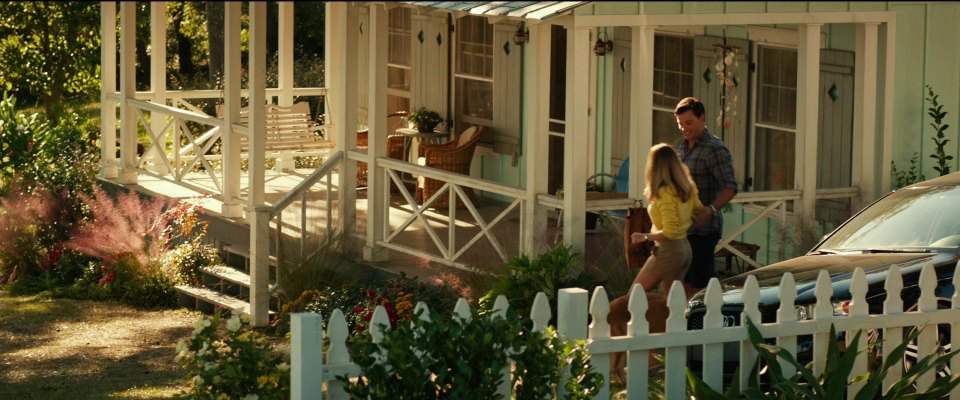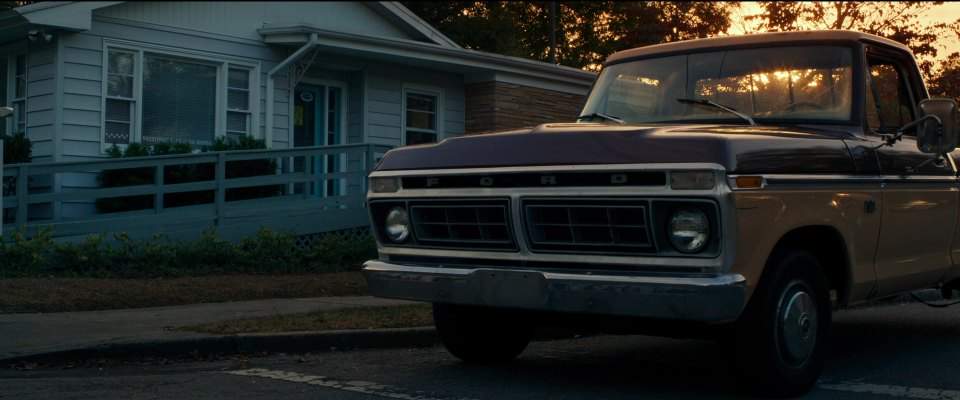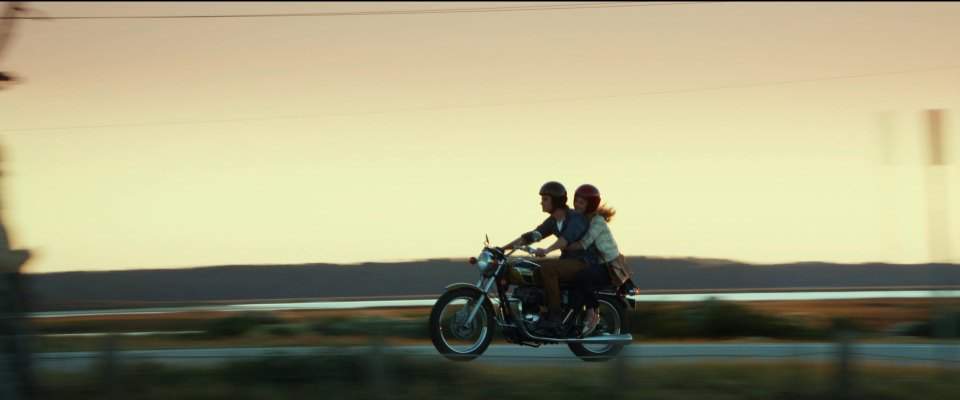The King's Choice 2017

In April 1940, as Nazi forces invade, Norwegian King Haakon VII is confronted with a critical decision: yield to the invaders or fight for his country's independence. With the Royal Family escaping the capital, Crown Princess Märtha grapples with a difficult choice to safeguard her family. Meanwhile, the King and his son, Olav, steel themselves for a courageous, albeit perilous, resistance against a vastly superior enemy.
Does The King's Choice have end credit scenes?
No!
The King's Choice does not have end credit scenes. You can leave when the credits roll.
Meet the Full Cast and Actors of The King's Choice
Explore the complete cast of The King's Choice, including both lead and supporting actors. Learn who plays each character, discover their past roles and achievements, and find out what makes this ensemble cast stand out in the world of film and television.

Anders Baasmo Christiansen

Karl Markovics
Curt Bräuer

Tuva Novotny
H.K.H. Kronprinsesse Märtha

Juliane Köhler
Frl. Diana Müller

Katharina Schüttler
Anna Elisabeth ('Anneliese') Bräuer

Arthur Hakalahti
Menig Fredrik Seeberg

Erik Hivju
Oberst Birger Eriksen

Jesper Christensen
H.M. Kong Haakon VII

Ketil Høegh
Utenriksminister Halvdan Koht

Svein Tindberg
Peder Anker Wedel Jarlsberg
External Links and Streaming Options
Discover where to watch The King's Choice online, including streaming platforms, rental options, and official sources. Compare reviews, ratings, and in-depth movie information across sites like IMDb, TMDb, Wikipedia or Rotten Tomatoes.
Ratings and Reviews for The King's Choice
See how The King's Choice is rated across major platforms like IMDb, Metacritic, and TMDb. Compare audience scores and critic reviews to understand where The King's Choice stands among top-rated movies in its genre.

The Movie Echo Score
The King's Choice is a thoughtfully mounted historical drama that excels in performance and visual presentation while occasionally stumbling in narrative pacing. Reviews praise its immersive period details and strong central portrayal of Haakon VII, balanced by moments where the story’s scope expands beyond its most compelling political conflict. The film’s restrained aesthetics and measured suspense create an engaging atmosphere, though shifts in momentum can leave parts feeling protracted. Overall, it stands as an absorbing, if uneven, exploration of a pivotal wartime decision.
The Movie Echo Score Breakdown for The King's Choice

Art & Craft
In terms of cinematography and production design, The King’s Choice exhibits a solid visual presentation. The film’s handsomely mounted set pieces and traditional scene crafting create an immersive period atmosphere, and moments of combat are captured with striking clarity. Some handheld sequences, however, occasionally feel uneven against the polished visuals. Overall, the art direction remains one of the film’s consistent strengths.

Character & Emotion
When it comes to character depth and emotional resonance, the film benefits from nuanced portrayals across its ensemble. Haakon VII is convincingly embodied by the lead actor, supported by strong contributions from supporting roles that effectively convey the stakes at hand. The royal court’s dilemmas are communicated through subtle expressions and measured delivery, lending authenticity to the drama. The character work is a high point of the film.

Story & Flow
Regarding plot coherence and pacing, the narrative is often compelling but occasionally uneven. The central backroom political showdown sustains intrigue, and the historical context offers engaging insights into Norway’s crisis. Yet some shifts away from the core conflict slow momentum, creating interludes that feel protracted compared to the film’s tighter suspense sequences. Overall, the story delivers an absorbing but occasionally lagging experience.

Sensory Experience
In terms of soundtrack and visual style, the film delivers a restrained yet fitting sensory experience. A descriptive music score underscores dramatic beats without overwhelming dialogue, while sound design heightens tension during the invasion sequences. The muted color palette and cohesive visual treatment support the historical setting. The sensory elements effectively reinforce the film’s period mood and dramatic impact.

Rewatch Factor
When considering replay value, the film offers limited but appreciable appeal. Its historical focus and nuanced performances may reward viewers interested in lesser-known WWII narratives, while the deliberate pacing and tightly specific context may deter casual re-viewings. Enthusiasts of royal biopics and political drama will find details worth revisiting in character moments and period authenticity. The rewatch factor is moderate overall.

64
Metascore
6.9
User Score


83%
TOMATOMETER

84%
User Score

69
%
User Score

3.5
From 3 fan ratings

4.00/5
From 1 fan rating
Take the Ultimate The King's Choice Movie Quiz
Challenge your knowledge of The King's Choice with this fun and interactive movie quiz. Test yourself on key plot points, iconic characters, hidden details, and memorable moments to see how well you really know the film.
The King's Choice Quiz: Test your knowledge on the historical events depicted in 'The King's Choice' from 2017.
Who informs King Haakon VII about the sinking transport ship carrying German soldiers?
Crown Prince Olav
Prime Minister Johan Nygaardsvold
Colonel Birger Eriksen
Envoy Curt Bräuer
Show hint
Full Plot Summary and Ending Explained for The King's Choice
Read the complete plot summary of The King's Choice, including all major events, twists, and the full ending explained in detail. Explore key characters, themes, hidden meanings, and everything you need to understand the story from beginning to end.
As the momentous days of April 1940 unfold, King Haakon VII and the Norwegian royal family are thrust into a chaotic chapter of their nation’s history. The crisis ignites when Crown Prince Olav delivers a grim report to his father, revealing that the transport ship which sank off Lillesand on April 8th was transporting German soldiers, thereby casting doubt on Norway’s stance of neutrality against German aggression. Simultaneously, at the German embassy in Oslo, envoy Curt Bräuer finds himself under pressure from military attaché Lieutenant-Colonel Hartwig Pohlman to convince the Norwegian government, led by Prime Minister Johan Nygaardsvold, to permit German troops to enter the country under the pretext of safeguarding Norway from an imagined British invasion.
As the situation intensifies, Colonel Birger Eriksen at Oscarsborg Fortress prepares his forces for combat, receiving alarming reports from surrounding fortresses about the approach of German vessels. On the morning of April 9th, Eriksen, with sharp vigilance, spots the German cruiser Blücher entering Drøbak Sound, leading him to decisively order an engagement despite the absence of explicit directives from Oslo. The fortress’s artillery and torpedo battery successfully sink the Blücher, sending shockwaves through the capital.
With the prospect of invasion looming larger, Prime Minister Nygaardsvold discreetly contacts King Haakon VII, warning him of the German threat and recommending an evacuation from Oslo. The royal family hastily boards a train to Hamar, where the Norwegian Parliament gathers to discuss potential negotiations with Germany. Amidst the unfolding turmoil, Bräuer meets with Oslo’s police chief Kristian Welhaven, acting as his key liaison with the Norwegian Cabinet to convey his willingness to negotiate. In parallel, military attaché Pohlman receives urgent orders from Berlin to dispatch paratroopers to Hamar with the aim of apprehending King Haakon VII and the Cabinet.
As Norway faces the precipice of occupation, Nasjonal Samling leader Vidkun Quisling audaciously declares himself Prime Minister over national radio, urging Norwegians to accept the imposed German forces. In a final attempt to persuade King Haakon VII, Bräuer is instructed directly by Adolf Hitler to convince the monarch to endorse Quisling’s government; yet, Bräuer remains skeptical that Haakon or the Cabinet would ever comply with such demands.
As the German army approaches Hamar, the Norwegian royal family and Cabinet quickly relocate to Elverum, where a critical decision is made: Olav’s wife and their three children will be sent to Sweden for their safety, while King Haakon VII and Crown Prince Olav choose to remain in Norway. As the clock strikes midnight on April 10th, German paratroopers conduct a surprise assault on a roadblock at Midtskogen, only to be met with fierce resistance from Norwegian volunteers defending their homeland.
Following this initial confrontation, the Cabinet gathers at Nybergsund to discuss General Bräuer’s request for a private audience with King Haakon. Despite Olav’s strong objections and deep fears for his father’s safety, the King ultimately decides to meet with Bräuer in Elverum. The German general urges Haakon to surrender without further conflict, citing the example of his elder brother, King Christian of Denmark. However, Haakon stands firm, refusing to accept Quisling’s leadership and suggesting he would abdicate if the Cabinet desired it.
Motivated by their sovereign’s steadfastness, Cabinet members relay their own refusal to capitulate to Bräuer. In retaliation, German aircraft unleash a flurry of bombs over Elverum and Nybergsund, compelling Haakon and his ministers to flee into the nearby woods for their safety.
Ultimately, the King, Crown Prince Olav, and the Cabinet secure their escape to Britain, where they remain in exile until the war’s end. As the dust settles in May 1945 following Germany’s defeat, King Haakon is joyfully reunited with his grandson, Prince Harald, in London before the royal family makes their long-awaited return to Norway, finally able to go back home after enduring years of turmoil and tribulations.
Uncover the Details: Timeline, Characters, Themes, and Beyond!

Coming soon on iOS and Android
The Plot Explained Mobile App
From blockbusters to hidden gems — dive into movie stories anytime, anywhere. Save your favorites, discover plots faster, and never miss a twist again.
Sign up to be the first to know when we launch. Your email stays private — always.
Watch Trailers, Clips & Behind-the-Scenes for The King's Choice
Watch official trailers, exclusive clips, cast interviews, and behind-the-scenes footage from The King's Choice. Dive deeper into the making of the film, its standout moments, and key production insights.
Cars Featured in The King's Choice
Explore all cars featured in The King's Choice, including their makes, models, scenes they appear in, and their significance to the plot. A must-read for car enthusiasts and movie buffs alike.
The King's Choice Other Names and Titles
Explore the various alternative titles, translations, and other names used for The King's Choice across different regions and languages. Understand how the film is marketed and recognized worldwide.
Quick Links: Summary, Cast, Ratings, More

What's After the Movie?
Not sure whether to stay after the credits? Find out!
Explore Our Movie Platform
New Movie Releases (2025)
Famous Movie Actors
Top Film Production Studios
Movie Plot Summaries & Endings
Major Movie Awards & Winners
Best Concert Films & Music Documentaries
Movie Collections and Curated Lists
© 2025 What's After the Movie. All rights reserved.




















